-
 Bitcoin
Bitcoin $113900
-1.39% -
 Ethereum
Ethereum $3517
-4.15% -
 XRP
XRP $3.009
1.59% -
 Tether USDt
Tether USDt $0.9997
-0.04% -
 BNB
BNB $766.8
-1.41% -
 Solana
Solana $164.6
-2.38% -
 USDC
USDC $0.9998
-0.02% -
 TRON
TRON $0.3277
0.65% -
 Dogecoin
Dogecoin $0.2023
-1.67% -
 Cardano
Cardano $0.7246
0.05% -
 Hyperliquid
Hyperliquid $38.27
-4.77% -
 Sui
Sui $3.528
-0.52% -
 Stellar
Stellar $0.3890
-0.73% -
 Chainlink
Chainlink $16.16
-2.69% -
 Bitcoin Cash
Bitcoin Cash $539.9
-4.38% -
 Hedera
Hedera $0.2425
-2.00% -
 Avalanche
Avalanche $21.71
-0.97% -
 Toncoin
Toncoin $3.662
5.73% -
 Ethena USDe
Ethena USDe $1.000
-0.02% -
 UNUS SED LEO
UNUS SED LEO $8.964
0.35% -
 Litecoin
Litecoin $107.7
2.33% -
 Shiba Inu
Shiba Inu $0.00001223
-0.40% -
 Polkadot
Polkadot $3.617
-0.97% -
 Uniswap
Uniswap $9.052
-2.49% -
 Monero
Monero $295.1
-3.79% -
 Dai
Dai $0.9999
0.00% -
 Bitget Token
Bitget Token $4.315
-1.85% -
 Pepe
Pepe $0.00001060
0.11% -
 Cronos
Cronos $0.1342
-2.72% -
 Aave
Aave $256.0
-0.87%
What are the trading fees on Poloniex exchange?
Poloniex's trading fee structure follows a maker-taker model, rewarding liquidity providers (makers) with rebates and charging takers a fee for consuming liquidity.
Nov 25, 2024 at 02:42 pm

Understanding the Trading Fees on Poloniex Exchange
Poloniex, a renowned cryptocurrency exchange, provides a comprehensive trading platform for various digital assets. Understanding its trading fee structure is crucial for traders to optimize their trading strategies and minimize costs. This comprehensive article will delve into the intricacies of Poloniex's trading fees, offering insights into its fee structure, discounts, and factors influencing fee calculations.
Poloniex Trading Fee Structure
Poloniex employs a maker-taker fee model, a common practice in the cryptocurrency exchange landscape. This model distinguishes between market participants who create liquidity (makers) and those who consume it (takers).
- Makers: Traders who place limit orders, which add liquidity to the order book by offering to buy or sell at specific prices, are classified as makers. They earn a rebate for their contributions to market depth.
- Takers: Traders who execute market orders, which immediately execute against the best available price in the order book, are designated as takers. They pay a fee for consuming liquidity provided by makers.
Poloniex's trading fees vary depending on the tier level of the trader, which is determined by their 30-day trading volume. Higher trading volumes lead to lower fees, providing an incentive for active traders.
Poloniex Trading Fee Tiers
- Tier 1 (0 TRX trading volume): 0.25% maker fee, 0.30% taker fee
- Tier 2 (100 TRX trading volume): 0.20% maker fee, 0.25% taker fee
- Tier 3 (500 TRX trading volume): 0.15% maker fee, 0.20% taker fee
- Tier 4 (2,500 TRX trading volume): 0.12% maker fee, 0.18% taker fee
- Tier 5 (5,000 TRX trading volume): 0.10% maker fee, 0.15% taker fee
Additional Trading Fee Discounts
- TRX-denominated fees: Traders who use Tron's native cryptocurrency, TRX, to pay their trading fees receive a 10% discount. This discount is applied to both maker and taker fees.
- Referral discounts: Traders can earn referral discounts by inviting new users to Poloniex. The discount rate is tiered, with referrer rebates ranging from 10% to 20%.
Factors Influencing Trading Fee Calculations
The total trading fee incurred on Poloniex depends on several factors:
- Trade amount: The larger the trade amount, the higher the total trading fee.
- Market liquidity: Trading in thinly traded markets with low liquidity may result in higher slippage, which can indirectly increase trading fees.
- Matching engine: The efficiency of the matching engine determines the level of slippage. Poloniex's robust matching engine minimizes slippage, thereby optimizing trading fee calculations.
Comparative Analysis of Trading Fees
Comparing Poloniex's trading fees with those of other leading cryptocurrency exchanges provides valuable insights into the industry landscape.
- Binance: Binance offers tiered maker-taker fees with lower fees for higher trading volumes, ranging from 0.02% to 0.04% for takers and 0% to 0.02% for makers.
- Coinbase Pro: Coinbase Pro charges a flat 0.50% fee for takers and 0.00% to 0.04% for makers, with varying discounts for users with high trading volumes.
- Kraken: Kraken's trading fees are also tiered, starting at 0.16% for takers and 0.00% for makers. Discounts are available for high-volume traders and Kraken Pro members.
Conclusion
Poloniex's trading fee structure offers a balanced approach that caters to both makers and takers, with discounts available to active traders and those utilizing TRX for fee payments. Understanding the various factors influencing trading fee calculations is crucial for traders to minimize their costs and maximize their trading efficiency. By leveraging the insights presented in this article, traders can optimize their trading strategies and make informed decisions on Poloniex.
Disclaimer:info@kdj.com
The information provided is not trading advice. kdj.com does not assume any responsibility for any investments made based on the information provided in this article. Cryptocurrencies are highly volatile and it is highly recommended that you invest with caution after thorough research!
If you believe that the content used on this website infringes your copyright, please contact us immediately (info@kdj.com) and we will delete it promptly.
- Solana, Axiom Exchange, and Revenue: Navigating the Future of DeFi
- 2025-08-02 12:50:12
- Cardano (ADA) and Altcoin Gains: Navigating the Crypto Landscape
- 2025-08-02 12:55:11
- Bitcoin's Bearish Momentum: Fakeout or the Real Deal?
- 2025-08-02 12:30:12
- Ethereum's Rocky Climb: Analysts Eye New ATH Despite Recent Dip
- 2025-08-02 10:30:11
- Ethereum Price, ETF Inflows, and ETH Tokens: What's Driving the Market?
- 2025-08-02 10:50:12
- Ethereum, ADA, and Price Support: What's Next for These Crypto Titans?
- 2025-08-02 10:50:12
Related knowledge
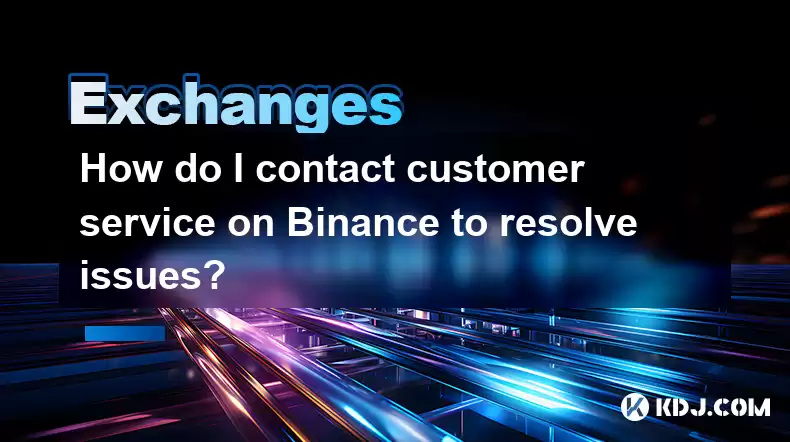
How do I contact customer service on Binance to resolve issues?
Mar 16,2025 at 04:30am
Key Points:Binance's customer service is primarily self-service, relying heavily on its help center and FAQs.Direct contact methods are limited, with ...
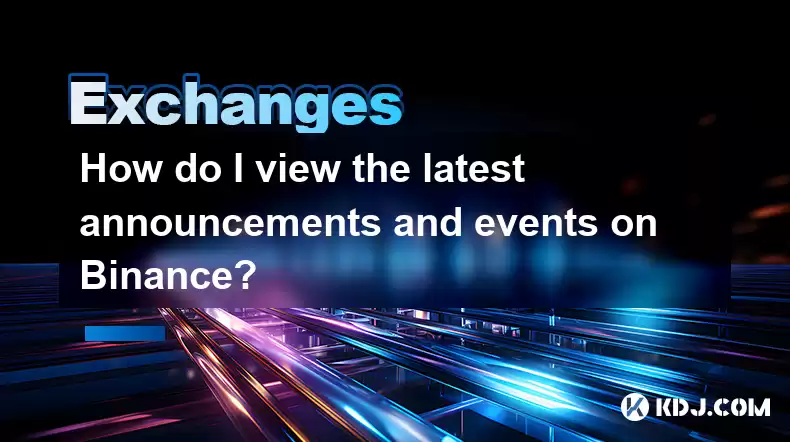
How do I view the latest announcements and events on Binance?
Mar 18,2025 at 10:18pm
Key Points:Binance utilizes multiple channels for disseminating announcements and events.The official Binance website is the primary source.Binance's ...
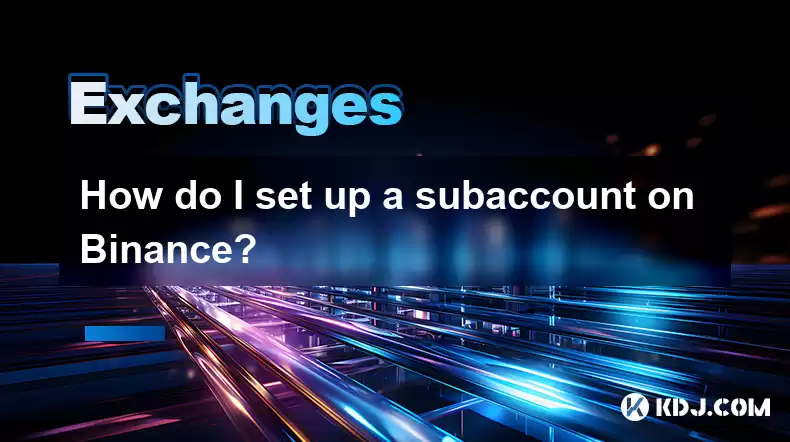
How do I set up a subaccount on Binance?
Mar 14,2025 at 01:50pm
Key Points:Binance does not offer traditional "subaccounts" in the sense of separate accounts with independent logins under a master account.Instead, ...
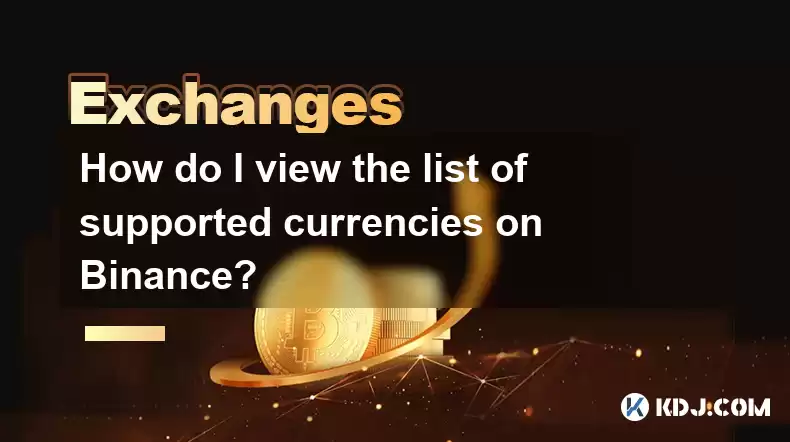
How do I view the list of supported currencies on Binance?
Mar 15,2025 at 05:35am
Key Points:Binance supports a vast and frequently updated list of cryptocurrencies. There's no single, static list.Finding supported currencies requir...
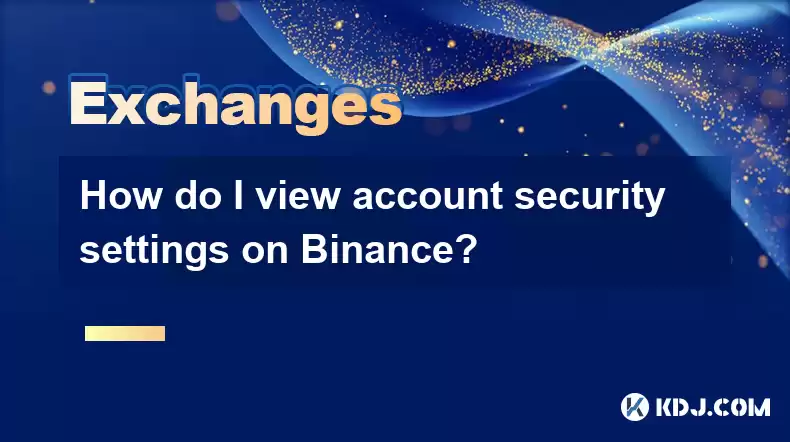
How do I view account security settings on Binance?
Mar 15,2025 at 08:40pm
Key Points:Binance's security settings are spread across multiple sections of your account. This article will guide you through each crucial area.Unde...
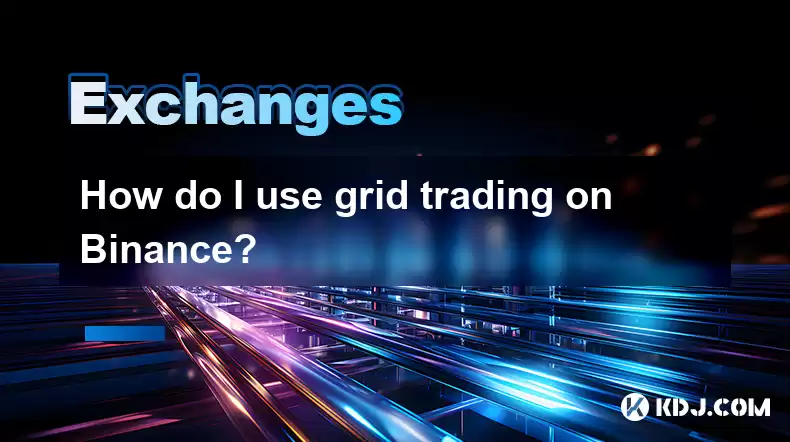
How do I use grid trading on Binance?
Mar 14,2025 at 04:25pm
Key Points:Grid trading on Binance involves automatically buying low and selling high within a defined price range.Binance offers a built-in grid trad...

How do I contact customer service on Binance to resolve issues?
Mar 16,2025 at 04:30am
Key Points:Binance's customer service is primarily self-service, relying heavily on its help center and FAQs.Direct contact methods are limited, with ...

How do I view the latest announcements and events on Binance?
Mar 18,2025 at 10:18pm
Key Points:Binance utilizes multiple channels for disseminating announcements and events.The official Binance website is the primary source.Binance's ...

How do I set up a subaccount on Binance?
Mar 14,2025 at 01:50pm
Key Points:Binance does not offer traditional "subaccounts" in the sense of separate accounts with independent logins under a master account.Instead, ...

How do I view the list of supported currencies on Binance?
Mar 15,2025 at 05:35am
Key Points:Binance supports a vast and frequently updated list of cryptocurrencies. There's no single, static list.Finding supported currencies requir...

How do I view account security settings on Binance?
Mar 15,2025 at 08:40pm
Key Points:Binance's security settings are spread across multiple sections of your account. This article will guide you through each crucial area.Unde...

How do I use grid trading on Binance?
Mar 14,2025 at 04:25pm
Key Points:Grid trading on Binance involves automatically buying low and selling high within a defined price range.Binance offers a built-in grid trad...
See all articles

























































































